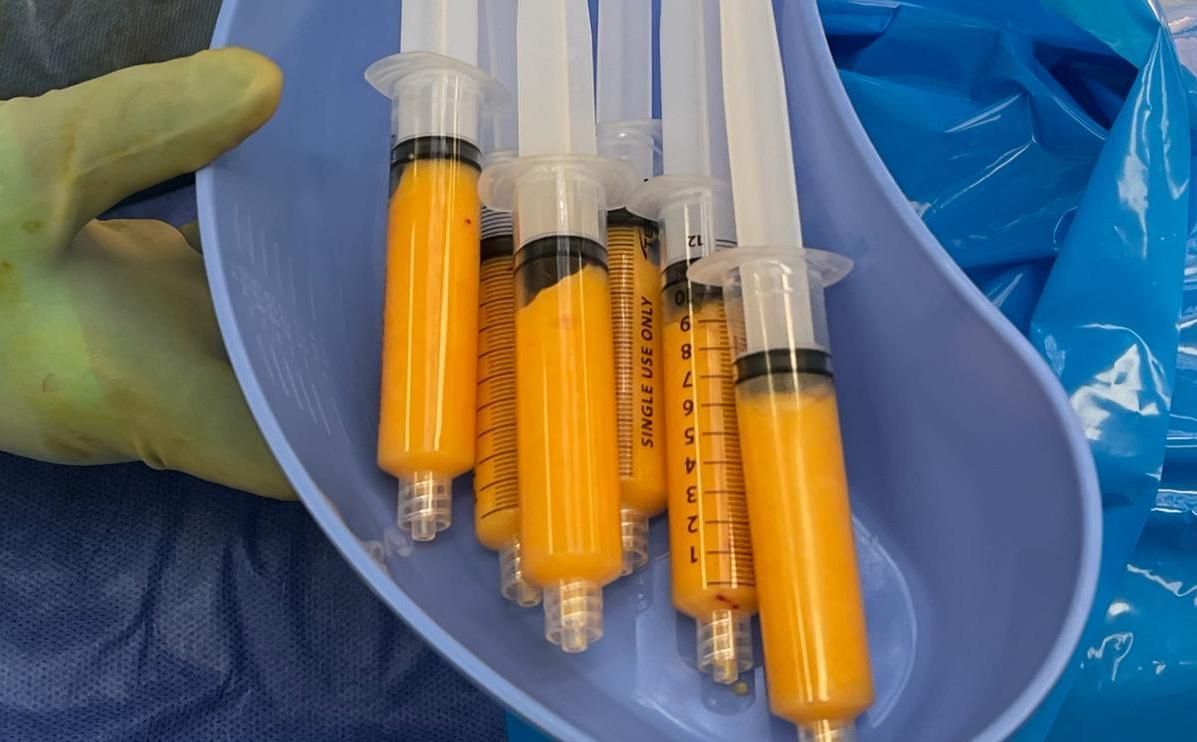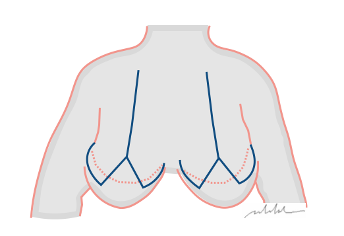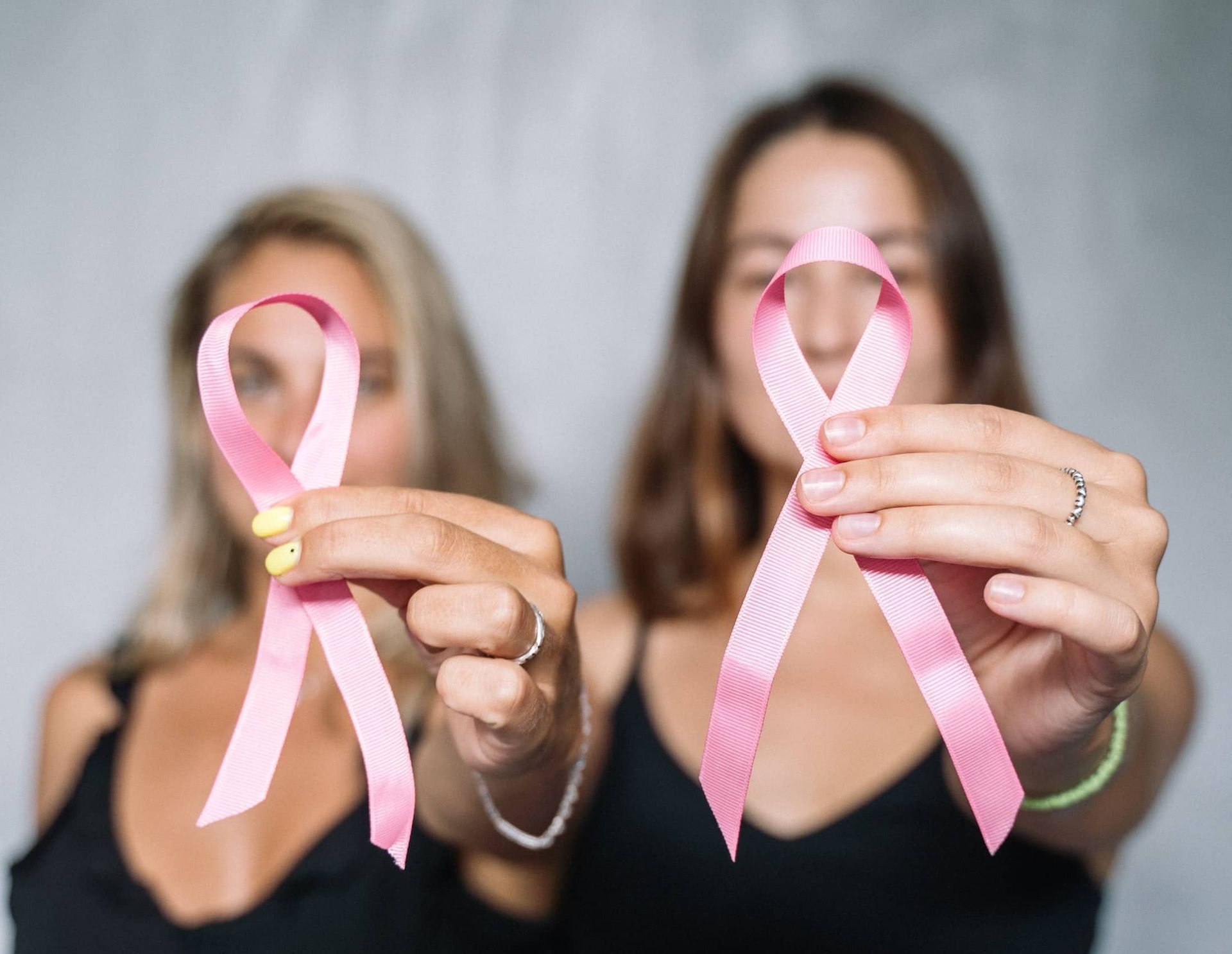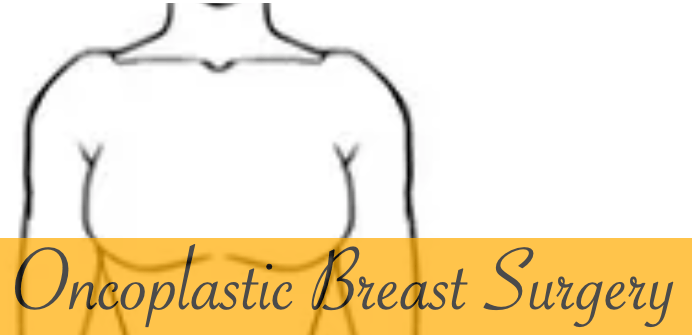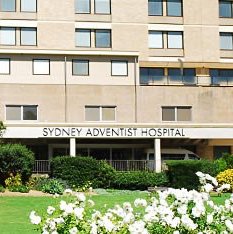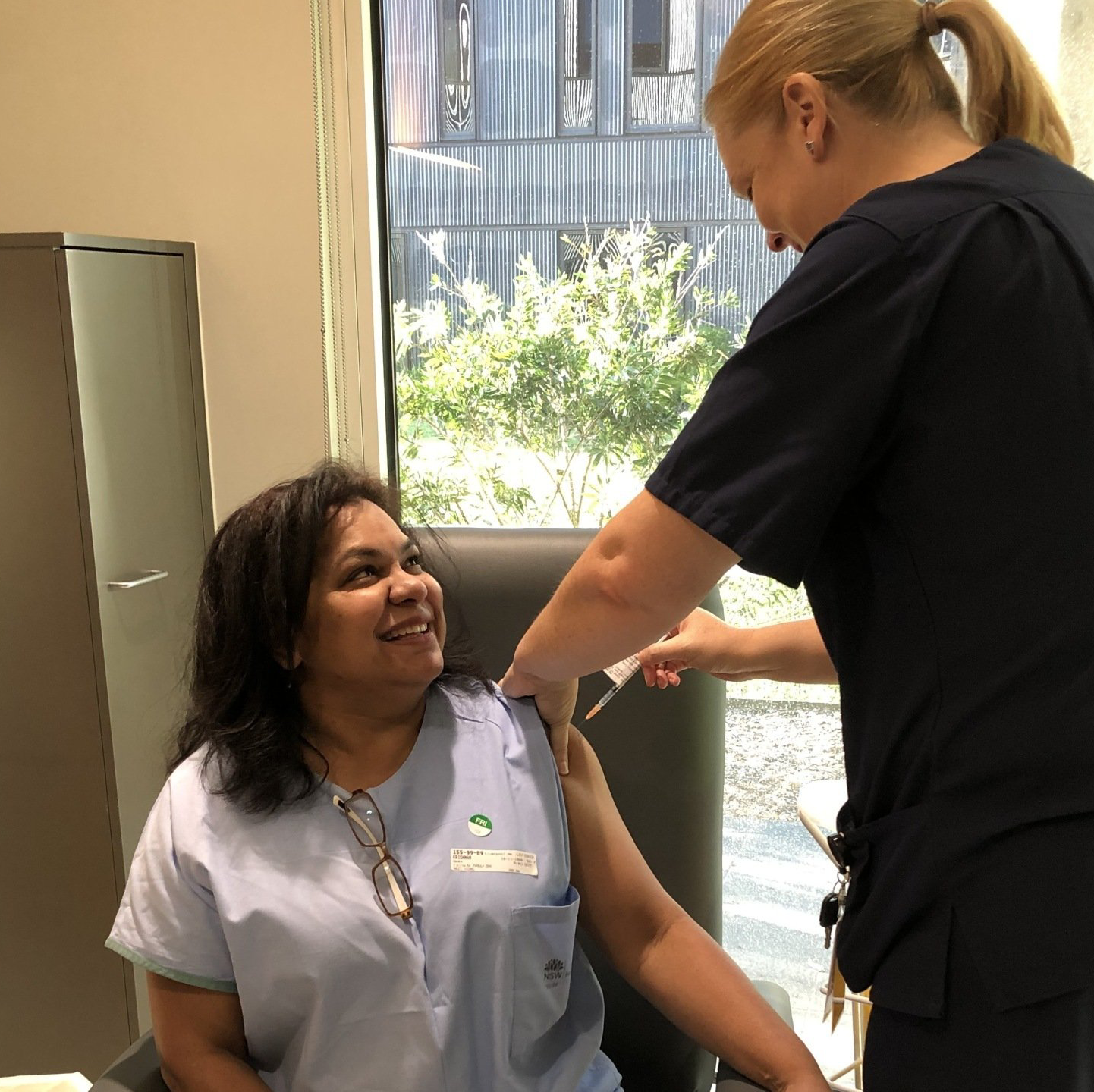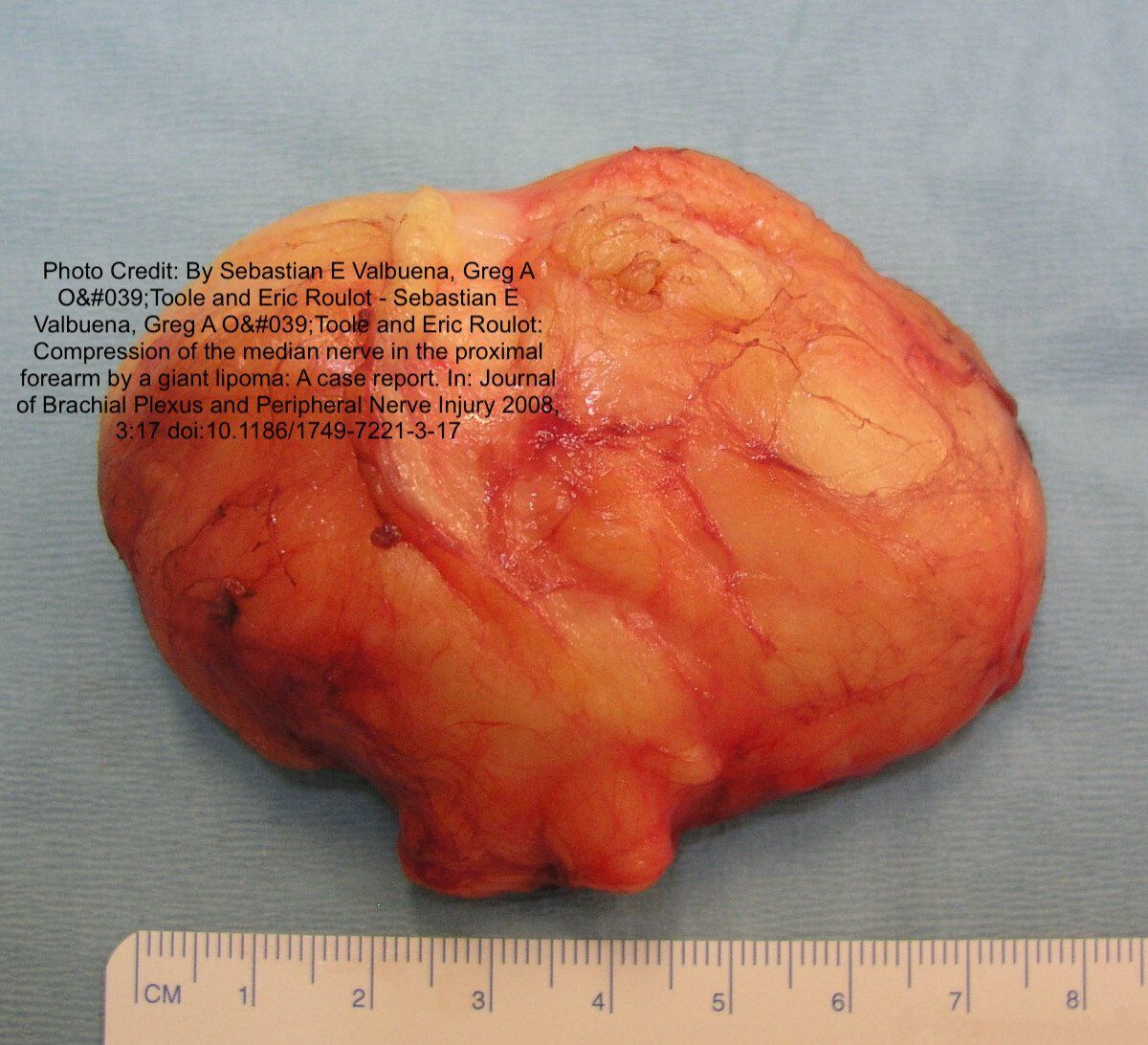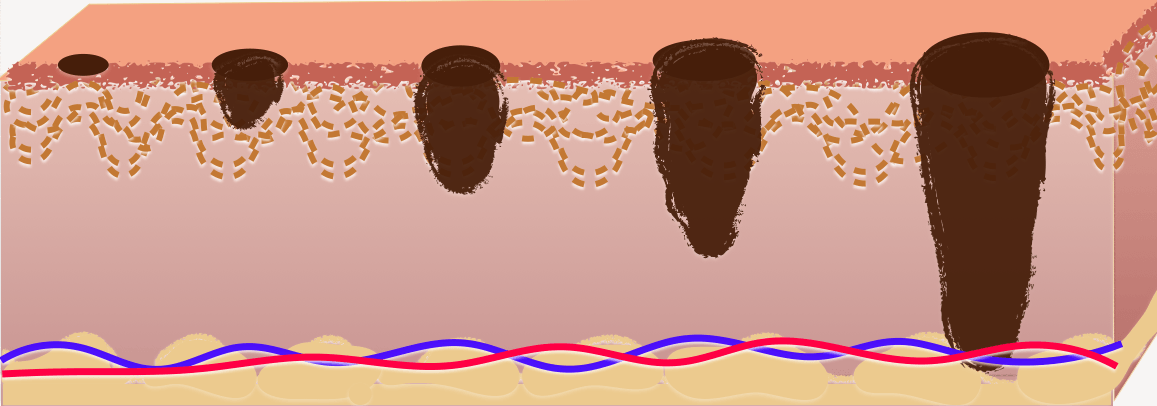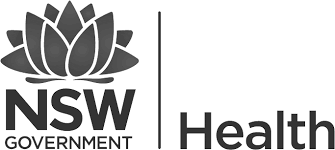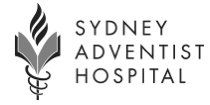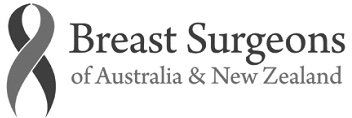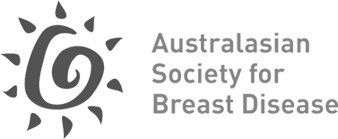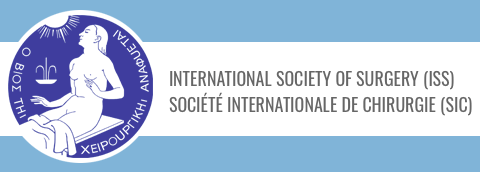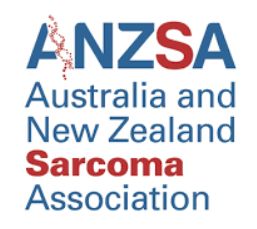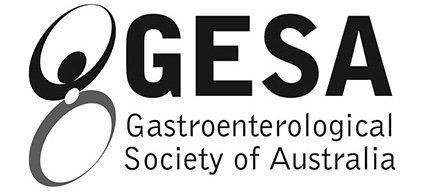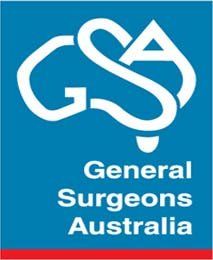I received my second dose of Covid vaccine the Pfizer dose on 1 April 2021. April Fools’ Day and April Falls’ Day in hospitals. This time it was not near as eventful as the last, I knew exactly what to expect. So, I turned up very, very early to be one of the first five of the day. I only felt a dull ache in my arm and no other side effects. There were other people who had some symptoms for a day, nausea, body ache, fever. But all for a day. Since then many people have been asking me when will this happen for them, my family and my friends - those not in the health sector. I hope it will be soon, not just my people but so many people all over the world. We don’t have a choice sometimes on which type of vaccine we are going to get, we might need another dose of the vaccine in 12 months. Really, no one knows what the future holds in terms of this pandemic. There is so much uncertainty.
Pfizer Vaccine second dose
Do we have a choice?
My first personal encounter with vaccination, I was in a community health posting, an interesting part of my medical studies. One of the things we had to do was help with vaccination in rural areas; mothers would line up with their babies for their scheduled DPT (Diptheria Pertussis Tetanus) and OPV (Oral Polio Vaccine). The lady would hold her baby on her lap and I would vaccinate the babies one by one, there was a method; 1. DPT is an intramuscular 'tiny' injection into the 'tiny' thigh muscle and 2. when the baby cries sneak the drops of OPV into the mouth. The baby got it so quickly, and before you knew it, it was over! This was my experience with my Covid vaccine, decades later as an adult. So much hype, so much drama but it is just another community health initiative, over before I even knew it. And I got a photo for this post!
There are a few things that we can hold on to:
- This is not the first time something like this has happened and the world has been brought to it’s knees (and it won’t be the last time.) We know that we can overcome this and we be better than we ever were before.
- When something like this happens there is no real border, there is no difference in the economic status, citizenship status, social status of an individual and suddenly we realise that what affects one of us affects all of us. I hope and pray the world heads towards equality in action, and poorer nations get their vaccines too.
- We don’t need to have all the answers and we just go with the best current knowledge that we have, fingers crossed, head first, fearless (thank you Taylor Swift!)
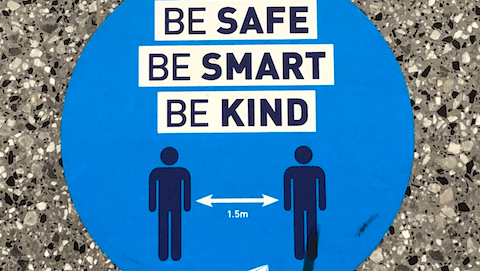
Social Listings
